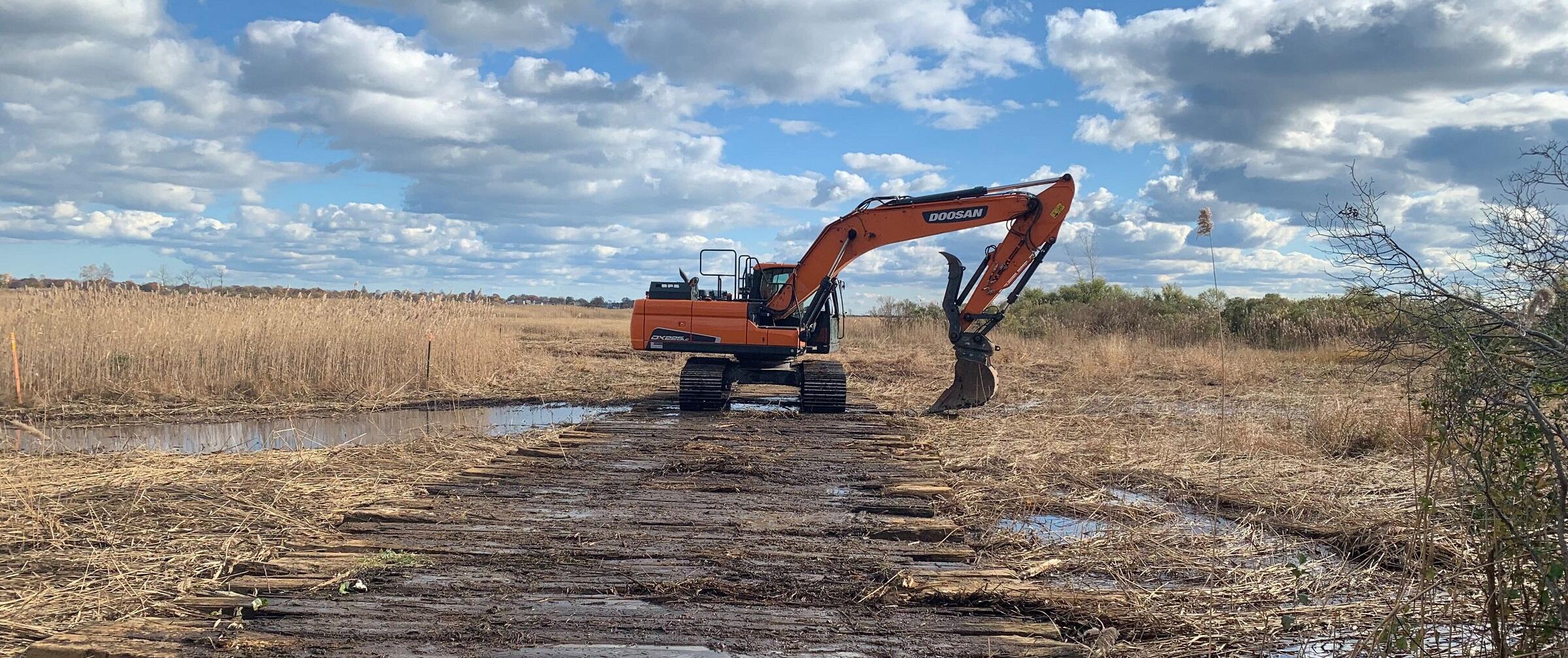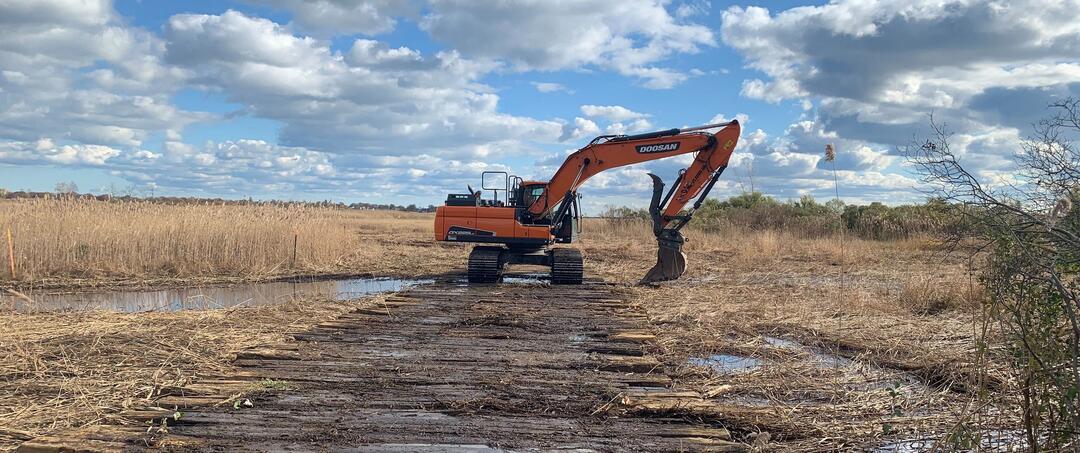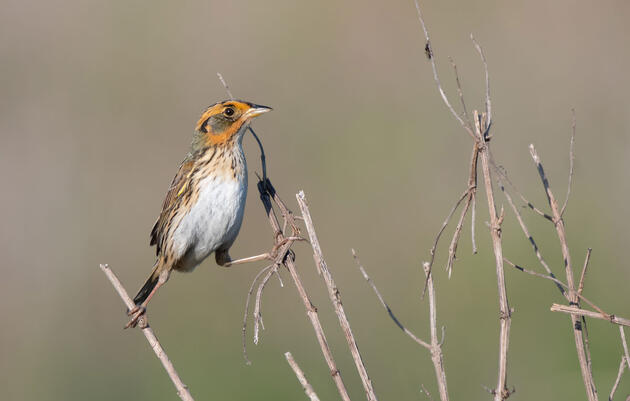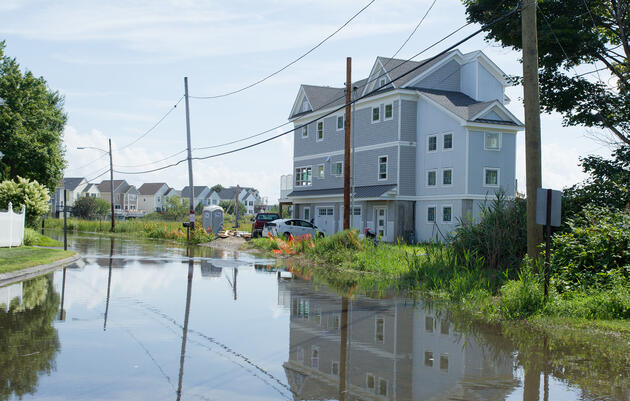It’s been an incredibly satisfying first month of restoration at the Great Meadows Marsh in Stratford, as the site was cleared of tall, dense, Phragmites and other invasive plants which displace native vegetation and wildlife.
The $4M restoration project launched in October, and we’re already starting to get a visual of what the salt marsh will look like post-restoration!
Sediment from the bottom of Bridgeport Harbor was put into the marsh in the 1900s, creating unnatural elevations. As part of the restoration project much of that fill is being removed or redistributed.
Now, birders and other visitors will have an incredible view out into the salt marsh, filled with native plants and shrubs, with a nice shallow grade up to the road.
Know anyone who might enjoy monthly updates? Subscribe here.
A freshwater pond area, overtaken by invasive plants, is currently being revitalized. Soon, a natural elevation will be established around the western and southern sides, and State Endangered Marsh pink will be planted.
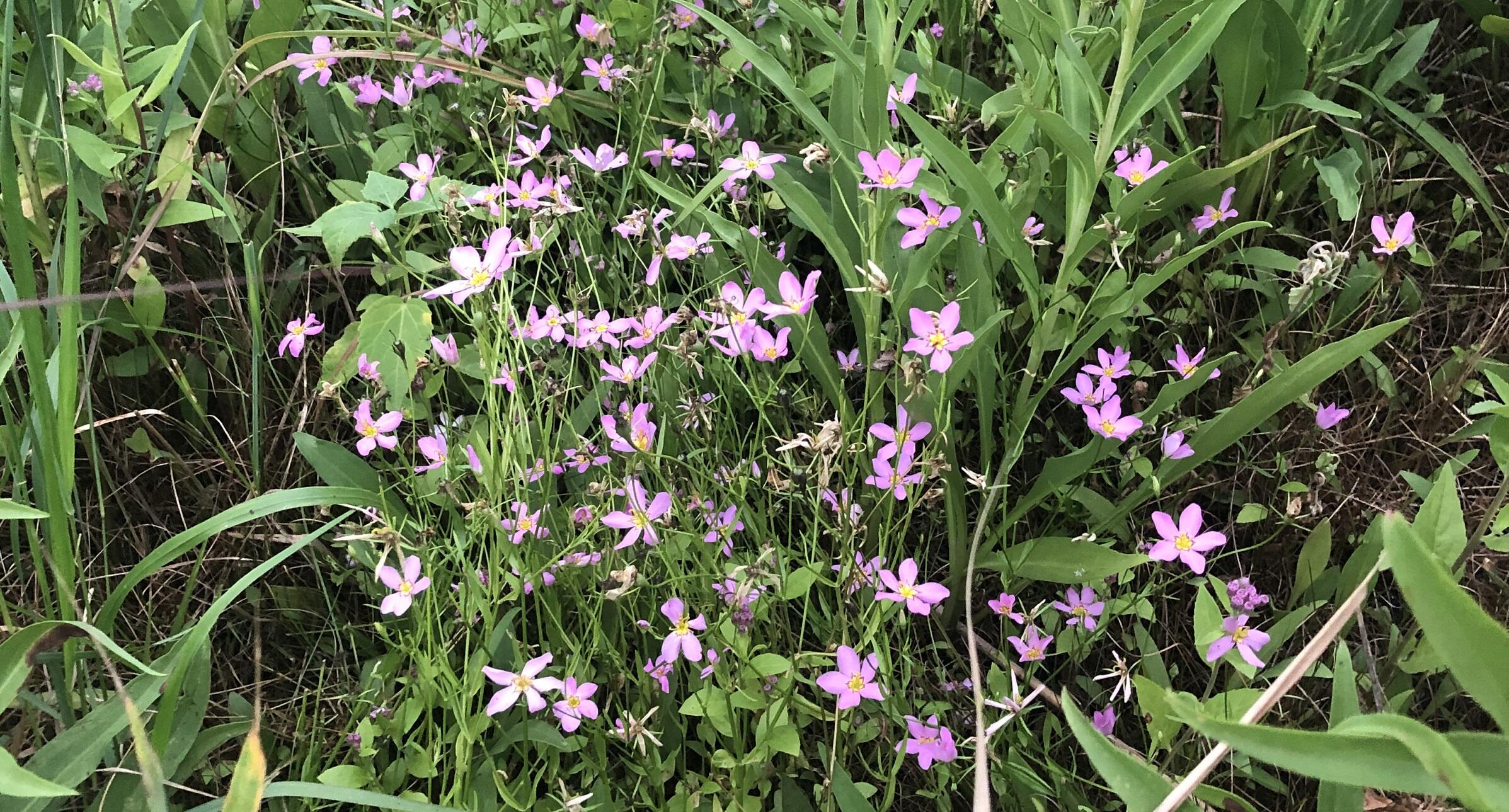
Another 1,400 shrubs and 9,000 salt marsh grasses in total will be added to this area. We can’t wait to see it become an essential nesting and foraging habitat, with more insects and other food options for birds.
A second small freshwater pond is being reconnected to a tidal channel. Depending on how well it’s able to take in and drain out water with the tides, it could turn into incredible mudflat habitat where shorebirds and long-legged waders will forage for food.
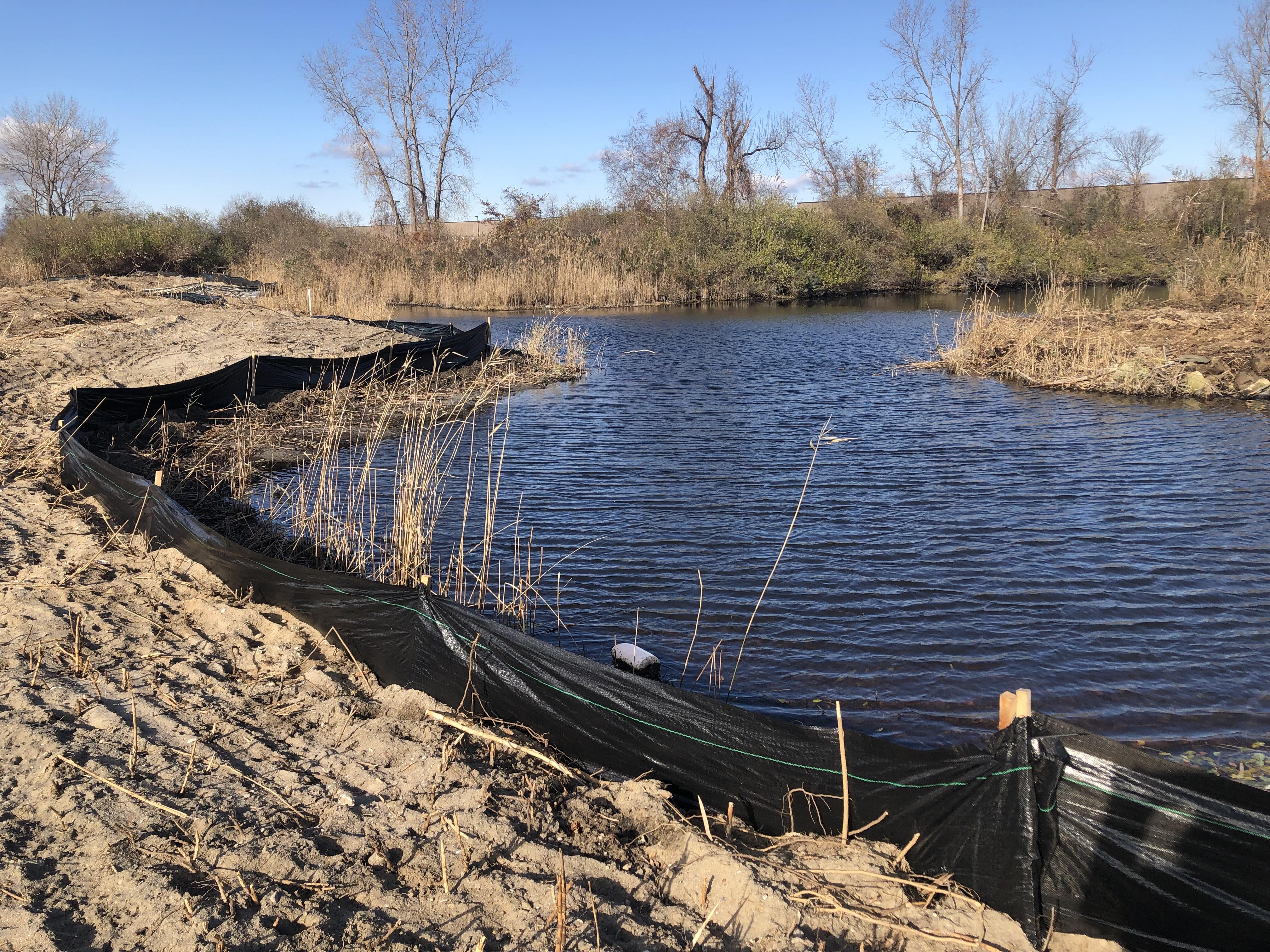
How will all ~170,000 coastal plants and shrubs go into the ground by spring? We’re showcasing the project – and the opportunity to join us as a paid Salt Marsh Steward – to local students at Stratford and Bunnell High Schools this winter. First, we’ll meet with environmental science course students and, come January, the entire environmental biology sophomore class. By March or April, we hope to be able to introduce you to our crew!

